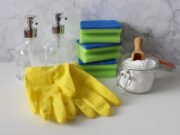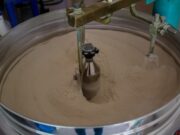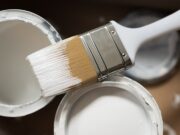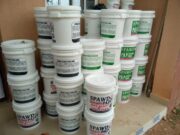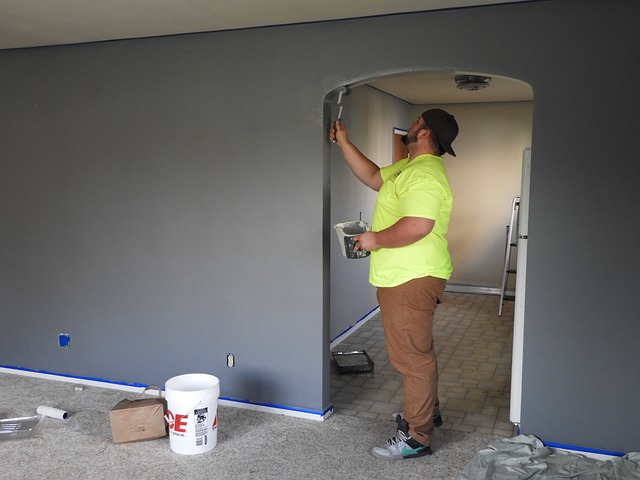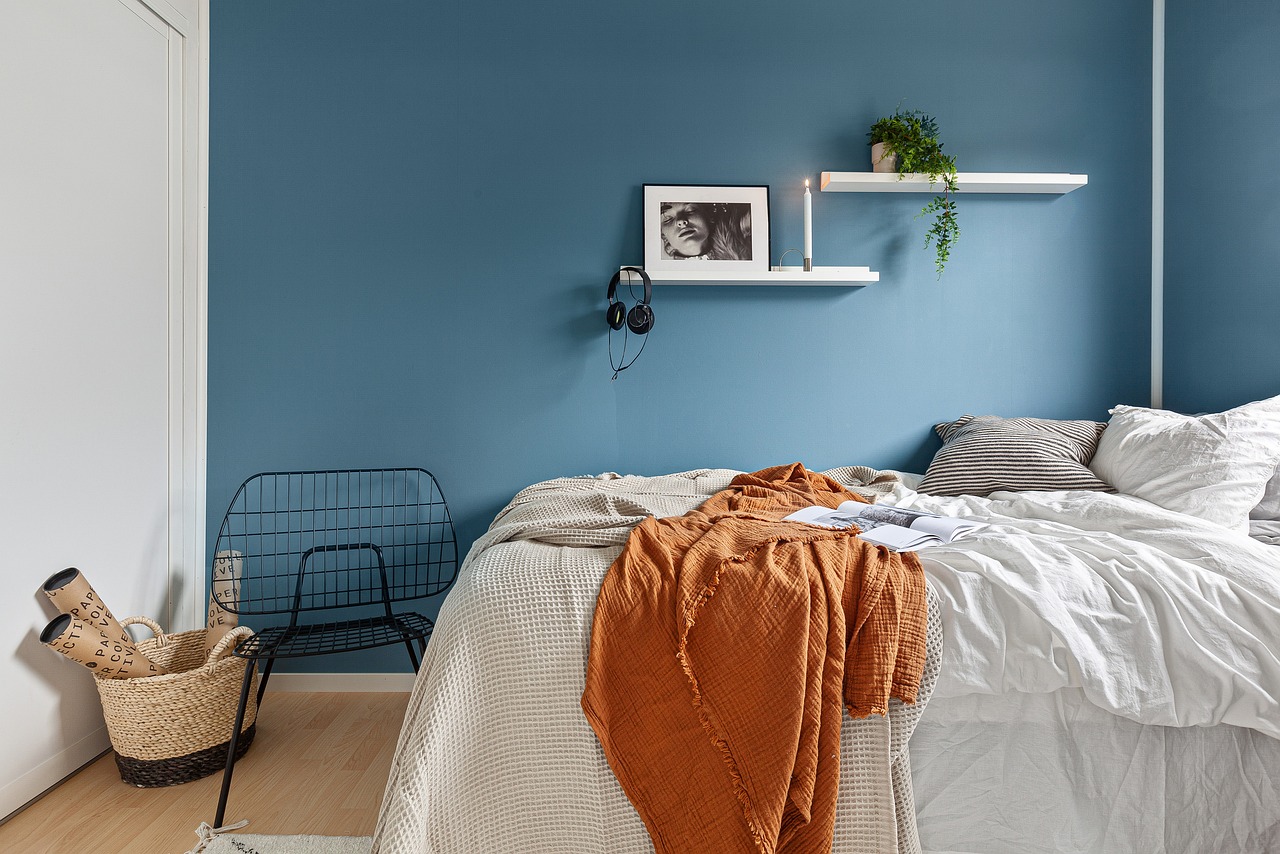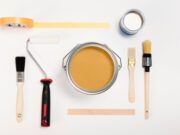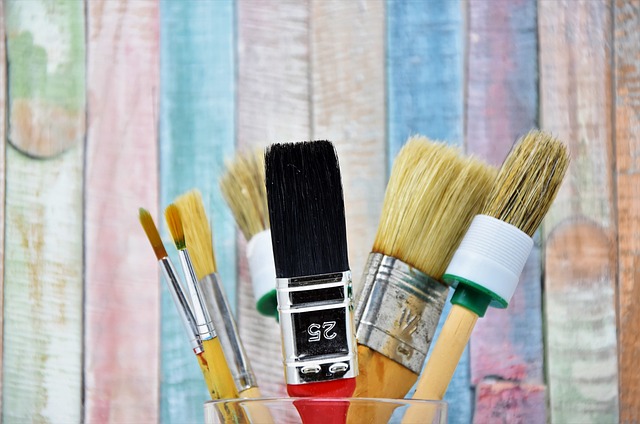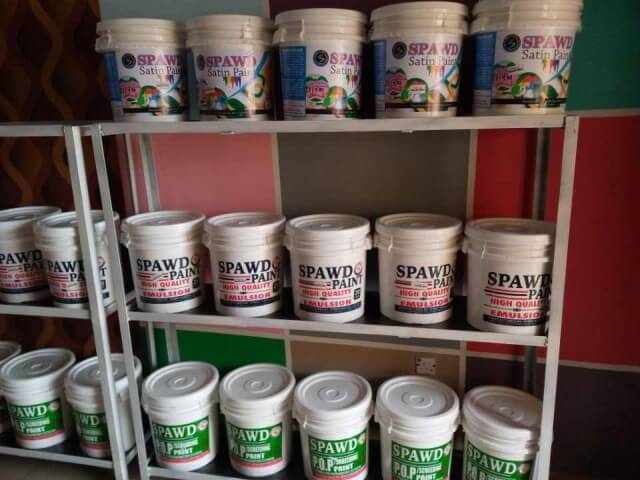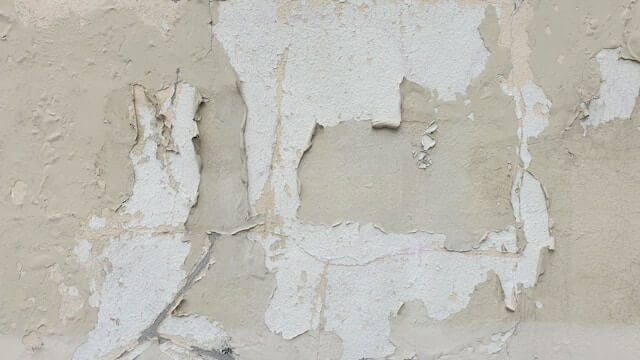Is your wall looking bad and affected by dampness and you seem not to find the best way to treat wall dampness?
If your answer is “yes,”
Thank God I’m here to help you.
In this article, I will educate and also enlighten you on the causes of wall dampness and the best way to treat it.
After reading and implementing my advise, you will say bye-bye to dampness forever.
Before we proceed, what exactly is Wall Dampness?
Wall dampness is the presence of moisture or water within the walls of your building.
Its presence can weaken the walls and lead to paint peeling, plaster cracking, and other structural issues.
Looking at your damp walls can sometimes be so annoying.
I understand such feelings.
I’ve had a personal experience, so i can relate.
Some can cause significant damage to the structure, leading to mold growth, and mostly affect indoor air quality.
Whatever the cause is, it is crucial to tackle it at once.
WHY YOU SHOULD ADDRESS WALL DAMPNESS?
Addressing wall dampness promptly is important for several reasons which include;
- To Prevent Structural Damage.
Wall dampness can weaken your structure and the integrity of your walls.
So, if you neglect it over time, it can cause materials like your plaster, brick, and concrete to deteriorate, which can lead to cracks and potentially severe structural issues.
- To Avoid Health Issues.
Damp walls can create an ideal environment for mold and mildew growth
These materials can lead to respiratory problems, allergies, and other health issues for you.
So, prompt intervention can help you maintain a healthy living environment.
- To Preserve Your Walls Beauty.
Wall dampness can cause paint to peel, wallpaper to bubble, and unsightly stains to appear on your walls, thereby causing damage to your beautiful interior design.
By addressing it early, you can maintain the beauty of your space and avoid costly repairs thereafter.
- To Present Your Property From Devaluation.
Stubborn damp issues can decrease your property’s value.
So don’t joke with it.
Addressing it promptly is not negotiable if you must ensure that your property’s value is maintained or even enhanced, which is especially important if you plan to sell.
WHAT CAUSES WALL DAMPNESS?
One may ask!
What exactly causes these wall dampness?
Don’t worry, I will explain it to you in detail.
Wall dampness can be caused by several factors, which include the following.
- Poor Drainage Provision.
When your house or building has Inadequate drainage around, it can cause water to accumulate near the foundation, and these can lead to rising dampness in your walls.
- Leaking Pipes Or Plumbing Errors.
Faulty or leaking plumbing pipes inside your walls can also contribute to water seepage, thereby causing damp patches on your walls.
- Rising Damp.
Rising damp occurs when groundwater rises through your walls or foundation due to a damaged or absent damp-proof course (DPC).
- Penetrating Damp.
When you have cracked walls on your building, faulty brickwork, or damaged external surfaces, water can penetrate the walls leading to dampness too.
- Poor Ventilation.
Dampness can also be caused by poor ventilation and high humidity levels inside your house, especially when your house or building is situated in a colder weather environment.
Most times you see people place beds and wardrobes on the walls, these contribute a lot.
Avoid it!
- Faulty Gutters and Downspouts.
When your roofing sheet has blocked or damaged gutters and downspouts it can allow water to overflow and seep into the walls.
- Inadequate Waterproofing.
Another key cause is the lack of proper waterproofing on the exterior of your walls.
Most especially when your house is in a swampy environment, it can allow moisture to seep through the wall structure.
- Construction Defects.
Poor construction practices can also cause wall dampness,
Practices such as using low-quality materials or improper installation of windows and doors, can lead to water ingress and cause dampness on your walls.
- Poorly Insulated Walls.
Walls that are not properly insulated can be prone to dampness, especially in areas with significant temperature differences between the inside and outside.
- Natural Disasters.
Lastly, flooding or heavy rainfall can overwhelm the drainage systems and can lead to water penetration and dampness in your walls.
Although, this cause is rarely observed but is highly notable.
Addressing these causes requires proper diagnosis and corrective measures.
WHAT ARE THE BEST TIPS FOR TREATING WALL DAMPNESS?
Here are some important tips on how best you can effectively treat and prevent your walls from dampness forever.
Firstly,
You need to Identify the Source.
Where is it coming from?
Is it due to leaks?
Is it due to condensation?
Is it a rising damp?
Poorly insulated walls?
Or construction defects?
Whichever one it is, to help you know this.
- Identify The Source Of The Moisture.
Take your time to check for any leaks, advisably, get a professional to help you sort that out.
Inspect your roof sheet, your gutters, windows, or plumbing pipes that might be causing the dampness.
Assess your drainage.
Ensure that your drainage system is functioning correctly to prevent water from accumulating near the foundation.
Then Check your room’s Ventilation.
Poor ventilation can lead to condensation, especially in bathrooms and kitchens where water is mostly used.
- Fix The Underlying Problem
Fix any leaks in the roof, walls, or plumbing that is causing the wall dampness, this will stop water from seeping in.
When you discover where the problem is coming from, the next thing to do is to fix it up.
Improve your Drainage.
By improving your drainage, you ensure that water is being directed away from the building through proper drainage systems.
Also, Enhance your Ventilation.
To do this, Install or improve your home’s ventilation in damp-prone areas like your bathrooms and kitchens to reduce the humidity levels in your space.
- Dry Out the Affected Area By Using Dehumidifiers.
You can achieve this by placing dehumidifiers in the affected areas to remove excess moisture from the air.
Open your windows to allow proper air circulation, you can use a Fan if necessary.
Place the fan near the affected area to speed up the drying process.
- Treat The Damp Walls.
To effectively treat the damp wall, If the plaster is severely affected, I recommend you remove the damaged plaster and replace it with a new one.
Then Apply Damp-Proof Paint.
Use a good damp-proof paint or a water-resistant coating to prevent future moisture penetration.
I will advise you to get the guide on how to choose a professional painter to advise you on the best paint to use.
I recommend Travertino paint, it works very well for damp walls.
Install Damp-Proof Membrane.
You may ask, what is a damp-proof membrane?
A damp-proof membrane (DPM) is a barrier material, usually made of polyethylene, used to prevent moisture from rising through a building’s floors and walls.
For severe dampness, you should consider installing it, these will help you block moisture from rising through your walls and floors.
- Repaint Your Wall.
Once the affected area is completely dry, it is time for repainting.
You should repaint the wall with a good and high quality Anti-Mold Paint.
Using anti-mold or anti-condensation paint to finish the wall, will help you to prevent the recurrence of damp spots.
Conclusion
By following these steps I shared on how best to treat wall dampness, you can effectively treat and prevent your wall from dampness, and also ensure your walls stay dry and in good condition.
Trust me!
You can confidently say bye-bye to dampness and enjoy a healthier, and more comfortable living environment.
Finally! Finally!
Regularly inspect your walls to notice any signs of dampness early.
When you do!
Don’t panic,
Quick action can prevent small issues from becoming major problems.
I hope this was helpful.





